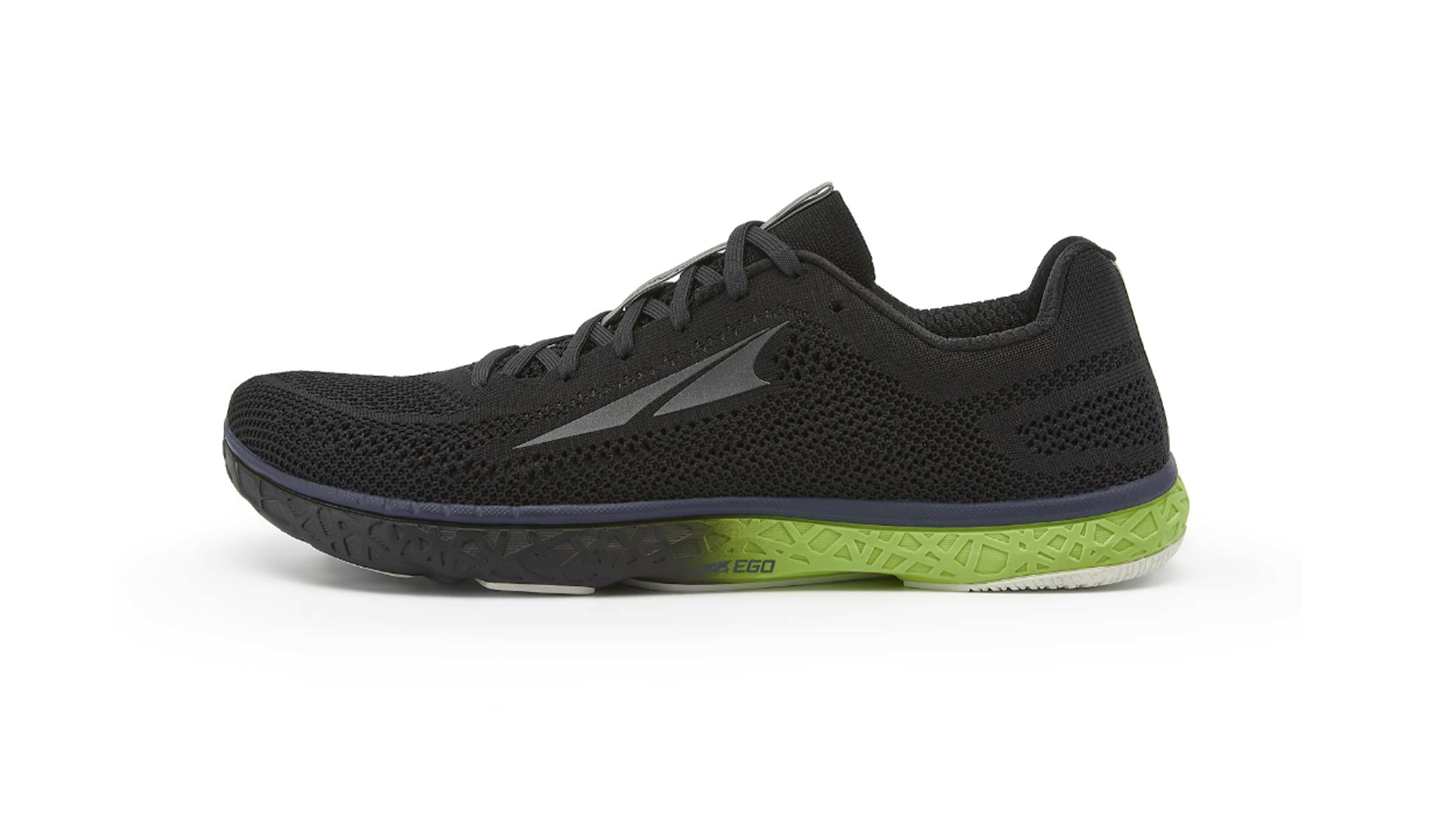
A question that seemingly has no answer. Go into your local Dick’s Sporting Goods and a 15 year old with an iPad will try to analyze your gait. Go to your local running shoe store (if you have one) and a person who is an avid runner will tell you exactly what shoe to buy. They offer you a pair of Brooks with a high heel. They say since you have a heel-strike pattern, it will be great cushioning. Unfortunately, they don’t know anything about biomechanics.
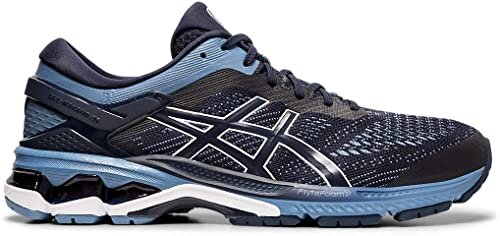
If they did, they would probably have told you something different. What exactly would that be? Oh, I don’t know. Maybe ‘Don’t run heel first,’ would have been nice. However, in the mind of the avid runner, there is a different set of understandings. “Every runner is different,” they say. Is that really the case? What is a natural gait, anyway? If you’ve read my blog on running mechanics, you’ll know some of these answers. But, I don’t mind reiterating them.
First, let’s talk about the history of running shoes.
1865: My God, What Were We Thinking?
A pair of shoes is found in Northampton England. A place renowned for its shoemaking. The shoes were apparently made in 1865. They look like a pair of dress shoes with spikes in them. It is claimed that they are used for cross-country.
1954: Pretty Much No Different
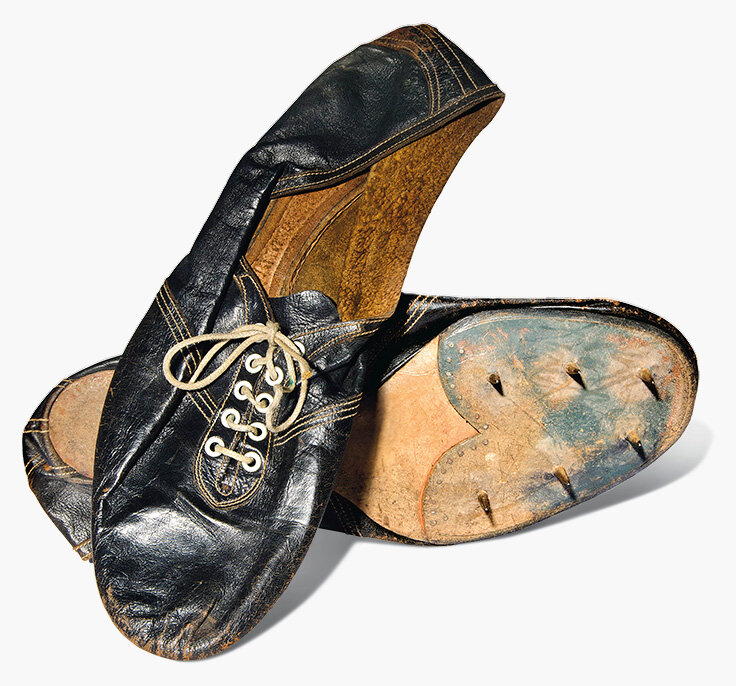
1954 was a good year for running. Nobody knew anything about it. However, Roger Bannister, 25, was still able to break the 4 minute mile. His time was 3:59.4. The current record is 3:43.13, set in 1999.
Bannister’s shoes could be worn out at a Gala. They looked like a pair of nice, leather oxfords. The only difference is there were spikes in the bottom. He still ran a sub-4 minute mile. Roger Bannister was a freak. He might have taken these shoes from the exhibit at that museum in Northampton (he didn’t). Clearly, the technological revolution with shoes was yet to come.
1917: Rubber Tires, But On Your Feet
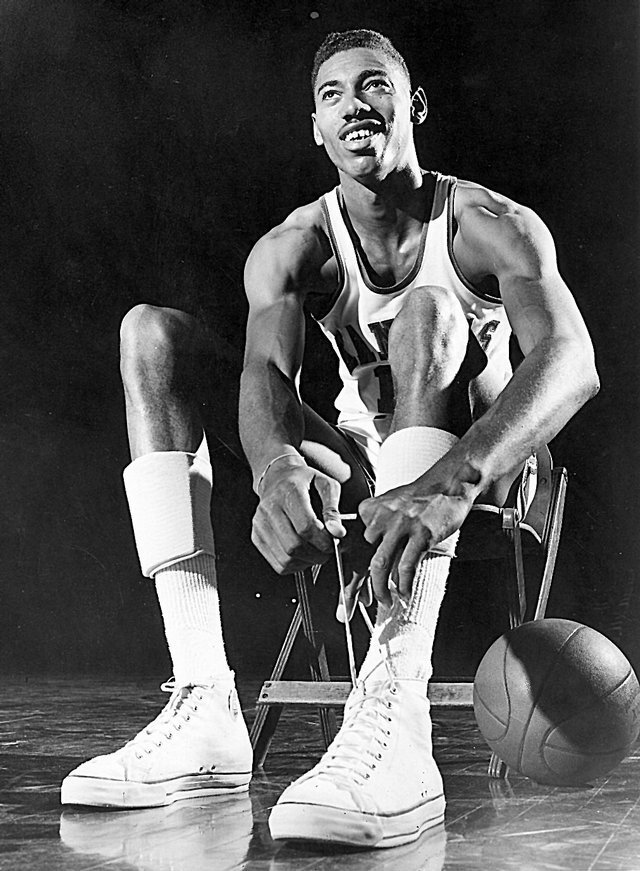
Somebody smart created the process of vulcanization. It allows rubber to be attached to cloth. People began making shoes with rubber soles, like Converse and Keds. After World War 1, they were sold as sports shoes. They were called sneakers because they made the wearer quieter than leather soled shoes. People wore basketball in Converse shoes. Have you ever worn a pair of Chuck Taylor’s? Now, imagine being in the NBA and trying to make a cut against Lebron. Bye, bye ankles. Or knees. Whichever tears first.
1920s-1940s: The Dassler Rivalry
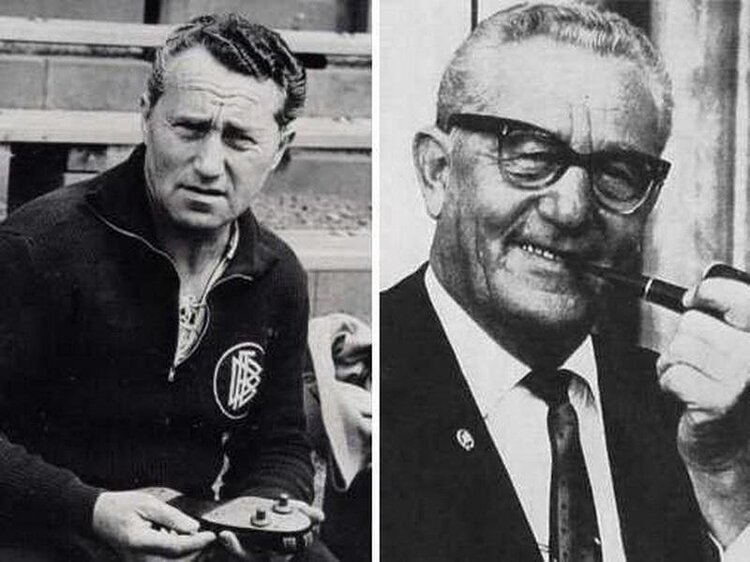
Have you heard of Adi Dassler? What if I said his name faster: Adi-Dassler. Still no? I’ll say his name fast but omit some of it. Adi-Das. Okay, that was a dumb game. However, you’d be surprised to know that he and his brother Rudolf Dassler started a shoe company in their home town of Herzogenaurach, Germany (don’t ask me to pronounce that).
Unfortunately, their battling wives and political differences caused them to break up the band. Adi went on one side of the river and Rudolf went on the other (I’m not joking). They began their own separate shoe companies. Adi, with Adidas. Rudolf, with Puma. Both companies are still based in Herzogenaurach.
1960s: Bill Bowerman and Blue Ribbon Sports
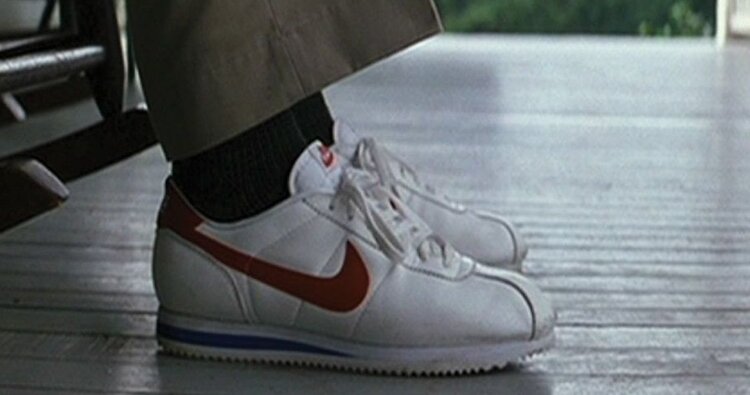
Bill Bowerman was the head track and field coach at University of Oregon. Like any good coach, he wanted faster athletes. He figured that new shoes might help. After getting laughed out of the board room of many shoe manufacturers, he began selling his designs out of the back of a van. He did this during a track and field event with a former student athlete, Phil Knight. Their signature shoe? The Cortez. Their company name? Blue Ribbon Sports. Today, it is known as Nike.
The Cortez’s design featured a rubber midsole to give them cushioning against the hard surfaces. In my blog about the proper foot strike while running wages war against high-heeled running shoes. We still aren’t there yet. The Cortez is a relatively flat shoe. It is worn today not for sports, but for fashion.
1970s: EVA and Waffle Irons
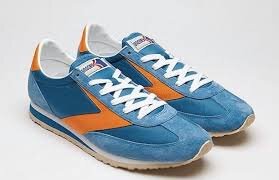
Finally, we begin seeing some amount of technology make its way into shoes. Ethylene vinyl acetate (EVA) begins making it’s way into the soles of shoes. It is an air-infused foam that provides cushioning and absorbs shock. It is used in most running shoes to this day. EVA was first used in the Brooks Villanova shoes in 1975.
Also, Bill Bowerman was at work in his kitchen. Playing around with a waffle iron, he came up with the waffle pattern that you’ll see on many Nike running and track shoes to this day.
Podiatrists started getting involved around this time too. As running increases 1800 percent in participation (by marathon finishers) between 1971 to 1981, there is an increased demand for the ‘right running shoe.’ So, podiatrists claim that the best running shoe has a couple of components. It has a high, cushioned heel. It also has a flexible forefoot. Shoemakers also wanted to prevent ankle pronation. Ankle pronation at the wrong phase of running can cause ankle, knee and hip injuries. Brooks used a wedge on the inside of their 1976 Vantage line of shoes to keep the arch of the foot from collapsing.
This is the beginning of the end for proper running technique. With these high and cushioned heels, people begin running heel-first. Many knees and ankles were harmed in the making of these shoes. The exact injuries that these evolutions in shoe design were trying to prevent.
1985-86: The Air Jordan
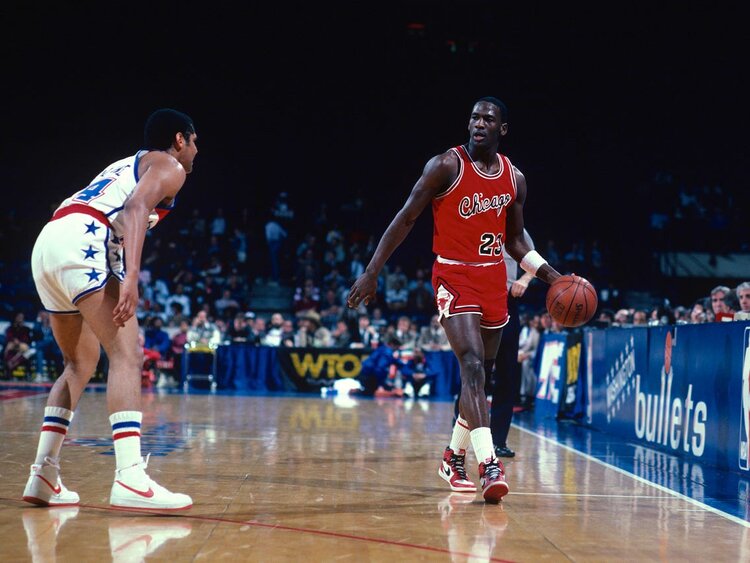
Small-time, little known NBA player Michael Jordan joined Nike to drop his own shoe. The Air Jordan line became iconic. The Air Jordan 1 also became an icon. Worn as a fashion shoe today, Jordan wore these shoes in game for the 1985-1986 NBA season. If you’ve worn a pair of AJ1’s, you’ll know that they don’t stack up to today’s basketball shoes. Michael Jordan found that out in 1998 when he brought the Air Jordan 1’s back for what he thought was going to be his last game at Madison Square Garden. By the end of the game his feet were bleeding and he couldn’t wait to get the shoes off. At the time, he was used to 13 years of shoemaking evolutions of the Air Jordan.
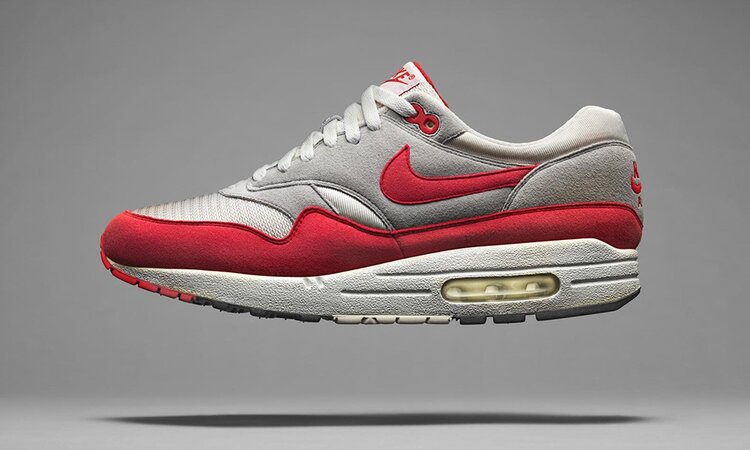
Was this about running shoes? No, but it goes to show how much technology was going into shoes during this time. The 1980s were a boom for the sports industry. Finally, young athletes could imagine becoming a superstar while playing their favorite sports. You could now make a real career out of throwing a baseball or running on a track. So, the sportswear industry was justified in their dollars spent on R&D.
Don’t forget, in 1987 Nike launched the Air Max. This new shoe technology put an air-filled bubble in the heel. These air pockets make their way into later iterations of running shoes in an interesting way.
2000s: Did We Forget About The Foot?
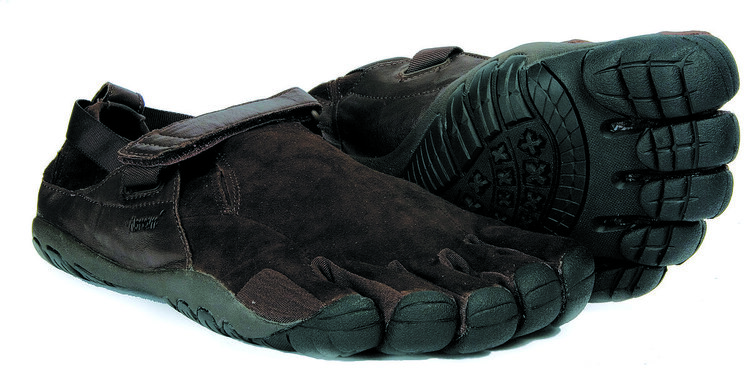
Harvard Professor Daniel E. Lieberman wanted to take things back to basics. In his article Nature, he claims that barefoot running can be comfortable, even on the hardest of surfaces. The running world loved this idea. After more reaffirmation by Christopher McDougall in his book ‘Born to Run,’ the minimalist shoe era had taken hold. In 2001, Nike made the Nike Free. This shoe was meant to mimic the barefoot running experience. In 2006, Vibram created the FiveFingers, which I shouldn’t even have to explain further.
Also, the concept of having a ‘low-heel drop shoe was also explored. The heel drop is the distance between the foam at the heel and toe. It is typically a number measure in millimeters (ex. 8mm heel drop). Low heel drops are supposed to mimic the foot. There is no heel drop in the foot. High heel drops favor heel-strikers.The high-heeled nature of the shoe exposes the heel to the ground first. Anything below 8mm is considered a ‘low drop’ shoe.
Two things should be noted about this new-shoe evolution. Minimalist shoes have value. However, the bigger thing is: how are we naturally born to run?
That is the biggest debate, still going on in the running community. Is everyone different, or should we all run the same? I’m not going to argue that we all should run the exact same. I will make a simple argument that should make perfect sense. We have an ankle for a reason.
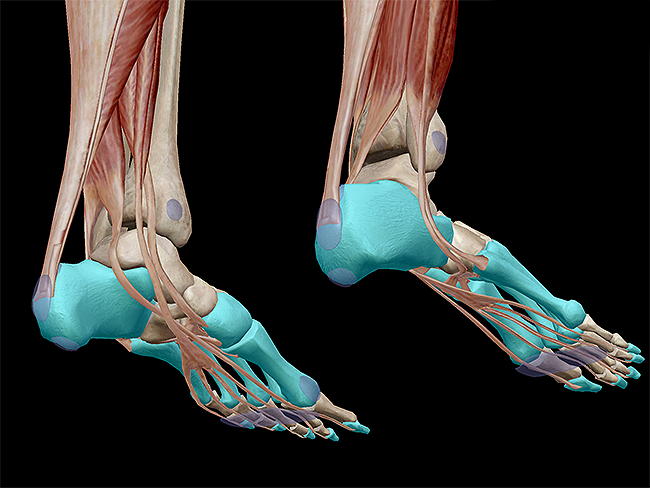
Eliud Kipchoge, running a 4:34 mile pace (sprinting for most people), runs a marathon in less than two hours. The first in human history. People will say it is not an official record. That is fine. Let’s have them try it. Maybe their minds will change.
‘What was he wearing?’ Is the question we should be asking. Especially in a blog about shoes. Well, we don’t really know. However, we know it was a version of the Nike Vaporfly Next%. A shoe that is filled with tech. Kipchoge’s shoe was even more tech filled.
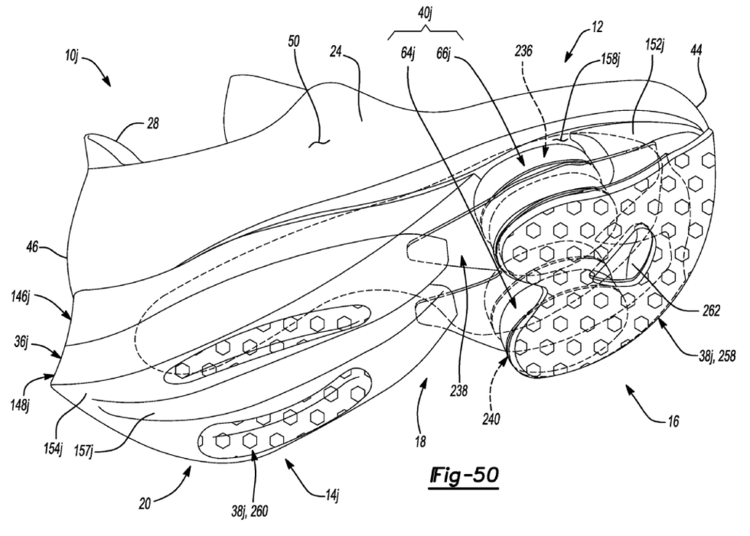
The patent shoes the traditional Next% with a fun added bonus. Remember the Air Max bubble? It is back. However, it’s in a weird spot. For Kipchoge’s shoe, it finds its way to the forefoot. Why? Because Kipchoge is a forefoot runner. Watch his effortless stride. His heel never touches the ground. So, this bubble in the forefoot presumably gives him some extra bounce.
Some may argue that Nike’s attention to detail in the forefoot can also benefit heel-striking runners. As the runner’s foot transitions from heel-strike to toe-off, they will catch the extra bounce in the forefoot tech of the shoe. That’s nice, in theory. Unfortunately, the amount of force experienced when the body hits the ground is significantly more than the muscles of the calf pushing down. So, they lose that argument.
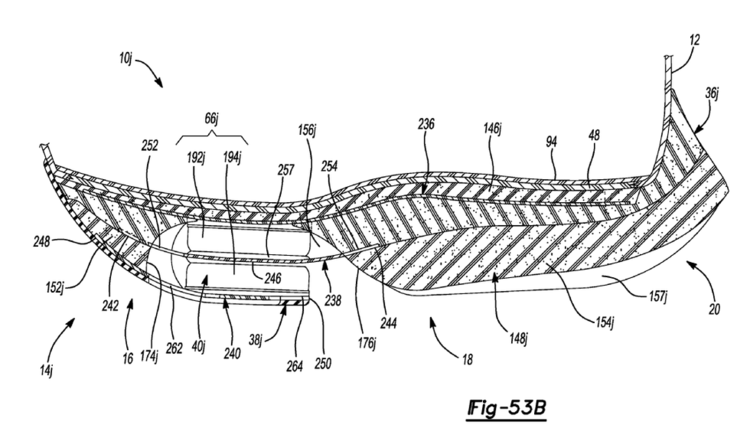
The evolution of the Nike Vaporfly Next% also saw a heel drop reduction from 11mm to 8mm. This is getting closer and closer to a truly low-drop shoe. When you look at the side profile of Kipchoge’s shoe, however, the forefoot seems to lay below the heel. This would optimize the forefoot strike of the greatest distance runner to ever live.
What Shoe Should I Buy?
In conclusion, I believe that minimalist shoes are fine. However, the real money is made in the heel drop. Getting a shoe with a heel drop at the 8mm or below mark is important. This will help individuals learn to strike with their forefoot first over their heel. However, if you are used to high-heel drop shoes and heel striking, you might want to warm up to this. If you go run a marathon with Vibram FiveFingers and a forefoot strike that you’ve never tried, don’t come running to me with your broken metatarsals wondering what you did wrong.
Here are the two shoes I recommend to all of my clients:
For The Minimalist: VivoBarefoot Geo Racer Knit
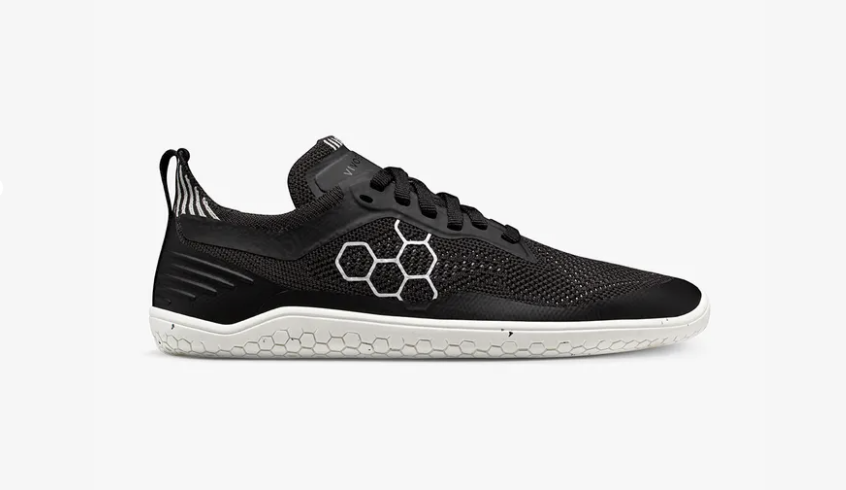
For The 0-Dropper: Altra Running Escalante Racer
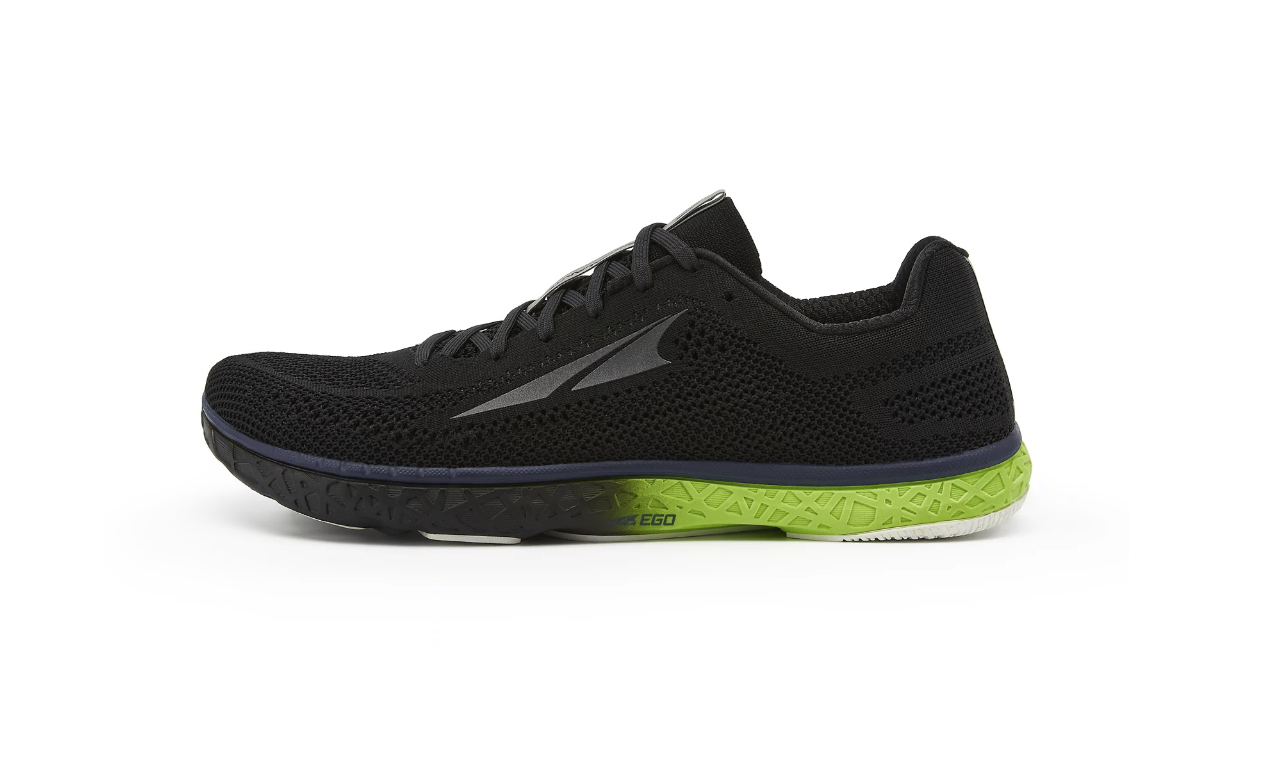
References
Alger, K. (n.d.). History of the Running Shoe. Retrieved September 21, 2020, from https://www.zappos.com/c/history-of-the-running-shoe
Beverly, J. (2019, January 11). 50 years of running shoes. Retrieved September 21, 2020, from https://www.runnersworld.com/uk/gear/a775549/50-years-of-running-shoes/
Litsky, F., & Weber, B. (2018, March 04). Roger Bannister, First Athlete to Break the 4-Minute Mile, Dies at 88. Retrieved September 21, 2020, from https://www.nytimes.com/2018/03/04/obituaries/roger-bannister-dead.html
Roe, D. (2020, September 17). Inside Eliud Kipchoge's Barrier-Breaking Shoes. Retrieved September 21, 2020, from https://www.runnersworld.com/gear/a29447426/eliud-kipchoge-shoes/
Shoe Review: Nike ZoomX Vaporfly NEXT%. (2020, April 02). Retrieved September 21, 2020, from https://www.fleetfeet.com/blog/shoe-review-nike-zoomx-vaporfly-next
Solereview. (2020, May 28). Best running shoes with a 4 mm heel drop. Retrieved September 21, 2020, from https://www.solereview.com/best-running-shoes-with-4-mm-heel-drop/